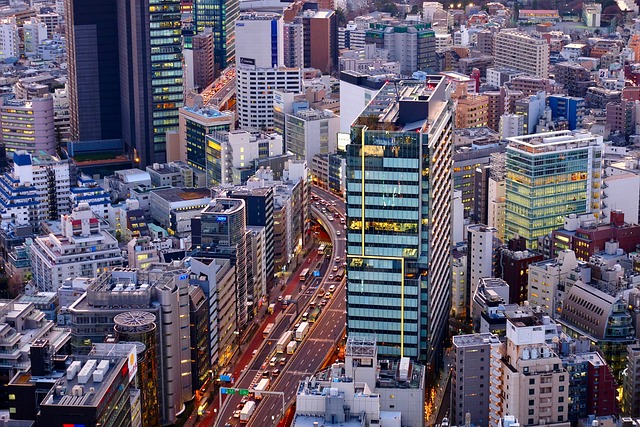Gulzar-e-Hijri, Karachi's heartwarming neighborhood, is a cultural gem post-1947 partition, boasting diverse communities and traditions reflected in its architectural splendor. This fusion of modern and classical Islamic design creates a peaceful haven showcasing the city's rich history. As a symbol of Karachi's cultural tapestry, it attracts global visitors, preserving ancient knowledge through local initiatives that highlight the unique connection to the Gulzar-e-Hijri calendar, solidifying the metropolis' vibrant cultural identity.
“Karachi, a vibrant metropolis, boasts a unique historical connection with Gulzar-e-Hijri—a cultural heritage site that has left an indelible mark. This article delves into the city’s rich past, exploring how this ancient space became a hub for architectural marvels and cultural exchange. From its origins in the Hijri era to its modern-day significance, Karachi’s Gulzar-e-Hijri stands as a testament to the city’s diverse tapestry, where ancient traditions intertwine with contemporary life.”
- The Historical Significance of Gulzar-e-Hijri in Karachi
- Architectural Marvels and Cultural Hub: Exploring the Connection
- Modern Karachi: Preserving the Hijri Heritage
The Historical Significance of Gulzar-e-Hijri in Karachi

Gulzar-e-Hijri, situated in the heart of Karachi, holds immense historical significance for the city and its inhabitants. This vibrant neighborhood has witnessed the evolution of the metropolis over centuries, reflecting its rich cultural heritage and diverse population. The area’s name itself, meaning “Garden of Hijri,” hints at its early role as a sanctuary for migrants from various parts of the Indian subcontinent during the partition in 1947.
Karachi, known for its bustling streets and vibrant markets, found solace in Gulzar-e-Hijri, where new communities sprang up, fostering a unique blend of traditions and cuisines. The neighborhood’s historical tapestry is evident in its architecture, with diverse styles reflecting the socio-cultural dynamics that have shaped Karachi over time. This rich heritage makes Gulzar-e-Hijri a vital part of the city’s identity, contributing to its status as a melting pot of cultures and histories.
Architectural Marvels and Cultural Hub: Exploring the Connection

Karachi, a bustling metropolis known for its vibrant cultural landscape, is also home to architectural marvels that reflect the rich history and diverse traditions of Pakistan. Among these, the Gulzar-e-Hijri (Garden of Islamic Civilization) stands out as a testament to the city’s architectural prowess and cultural heritage. This magnificent complex not only serves as a spiritual haven but also functions as a cultural hub, drawing folks from all walks of life.
The intricate design and opulent use of traditional elements in Gulzar-e-Hijri showcase the architectural marvels that have evolved over centuries in Karachi. The complex is a harmonious blend of modern aesthetics and classical Islamic architecture, fostering a serene atmosphere conducive to reflection and learning. As a result, it has become not just an important landmark but also a symbol of Karachi’s rich cultural tapestry, welcoming visitors from around the globe.
Modern Karachi: Preserving the Hijri Heritage

Modern Karachi, a bustling metropolis, stands as a testament to Pakistan’s vibrant cultural tapestry. Amidst the high-rise buildings and hectic streets, there exists a unique connection to its Hijri heritage. This city, once a gateway for diverse cultures, has preserved remnants of its Islamic calendar system, known as Gulzar-e-Hijri. The intricate design of this lunar-solar calendar offers a glimpse into the rich historical fabric of Karachi.
Efforts to integrate and promote this traditional knowledge in contemporary life have been instrumental. Local initiatives focus on educating communities about the Hijri calendar’s significance, fostering a deeper connection to their cultural roots. These endeavors ensure that the wisdom embedded in Gulzar-e-Hijri remains relevant, allowing Karachiites to navigate modern times while cherishing their ancient heritage.
Karachi’s rich history is beautifully woven into its architectural landscape, with Gulzar-e-Hijri serving as a vibrant thread. This historic area not only holds cultural significance but also acts as a gateway to understanding Karachi’s past and its evolution into a modern metropolis. By preserving and celebrating the Hijri heritage within its walls, Karachi continues to showcase its unique identity, making it a must-visit destination for those intrigued by the city’s deep-rooted tapestry.

Leave a Reply